BMW X4 VS Kia Niro – Specs, Efficiency & Price Comparison
Which model is the better choice – the BMW X4 or the Kia Niro? We compare performance (510 HP vs 171 HP), boot capacity (525 L vs 451 L), efficiency (6 L vs 0.80 L), and of course, the price (51300 £ vs 28100 £).
Find out now which car fits your needs better!
The BMW X4 (SUV) is powered by a Petrol MHEV, Diesel MHEV or Petrol engine and comes with a Automatic transmission. In comparison, the Kia Niro (SUV) features a Full Hybrid or Plugin Hybrid engine and a Automatic gearbox.
When it comes to boot capacity, the BMW X4 offers 525 L, while the Kia Niro provides 451 L – depending on what matters most to you. If you’re looking for more power, you’ll need to decide whether the 510 HP of the BMW X4 or the 171 HP of the Kia Niro suits your needs better.
There are also differences in efficiency: 6 L vs 0.80 L. In terms of price, the BMW X4 starts at 51300 £, while the Kia Niro is available from 28100 £.
Compare all the key specs now and find out which model fits your lifestyle best!
In the battle between the BMW X4 and the Kia Niro, drivers will find two distinct philosophies of design and performance. The X4 delivers a luxurious driving experience with its sporty coupe-like silhouette and powerful engine options, while the Niro stands out as a practical and efficient hybrid, perfect for eco-conscious consumers. Ultimately, the choice comes down to whether you prioritize performance and prestige or efficiency and versatility.
BMW X4
The BMW X4 captures attention with its striking coupe-like design, combining elegance with a sense of adventure. Its interior boasts luxurious materials and cutting-edge technology, ensuring both comfort and connectivity for the driver and passengers. The vehicle delivers an engaging driving experience, with responsive handling that makes it a joy to navigate both urban streets and winding country roads.
details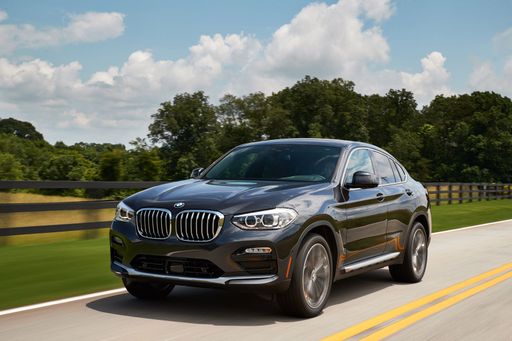 @ press.bmwgroup.com
@ press.bmwgroup.com
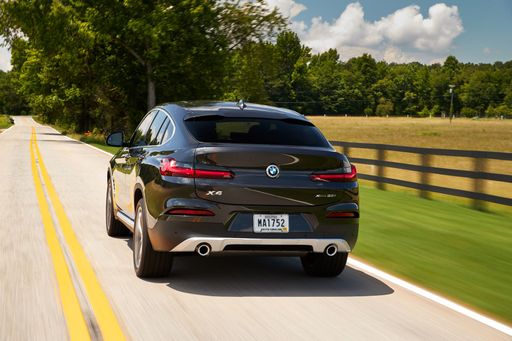 @ press.bmwgroup.com
@ press.bmwgroup.com
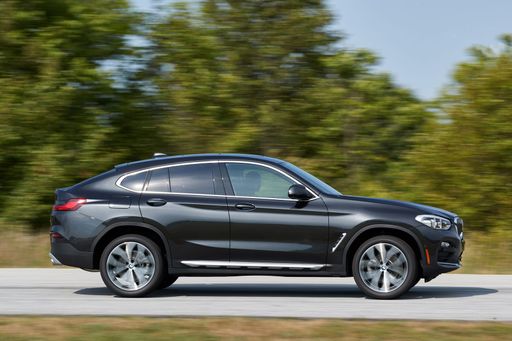 @ press.bmwgroup.com
@ press.bmwgroup.com
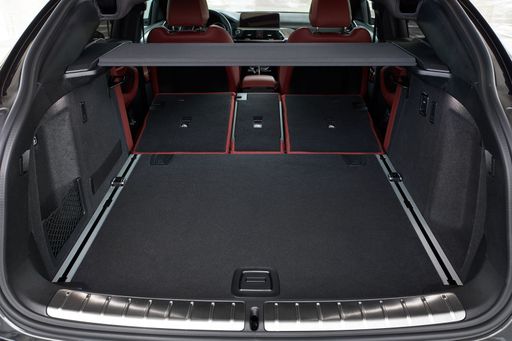 @ press.bmwgroup.com
@ press.bmwgroup.com
Kia Niro
The Kia Niro presents itself as a versatile and eco-friendly SUV, blending a stylish design with advanced hybrid technology. Its spacious interior offers comfort and practicality, making it ideal for both city driving and longer journeys. With a focus on efficiency and sustainability, the Niro is a compelling choice for environmentally conscious drivers.
details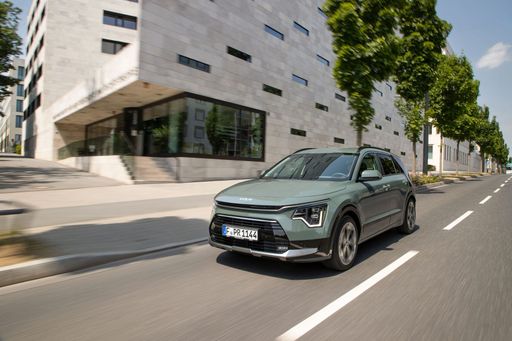 @ press.kia.com
@ press.kia.com
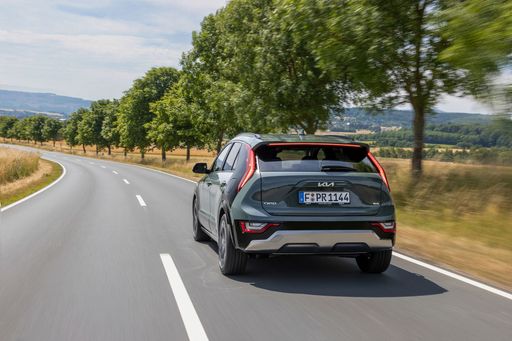 @ press.kia.com
@ press.kia.com
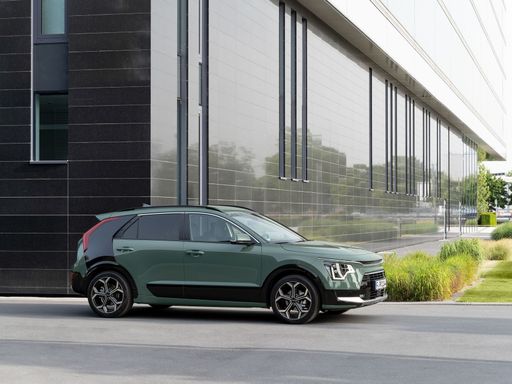 @ press.kia.com
@ press.kia.com
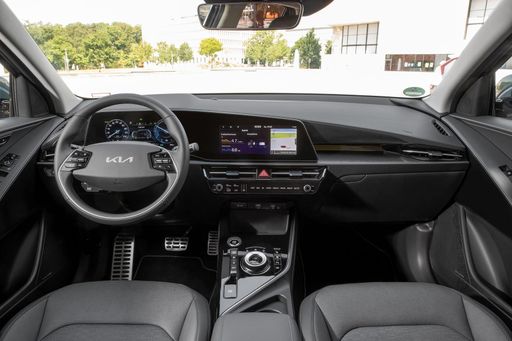 @ press.kia.com
@ press.kia.com
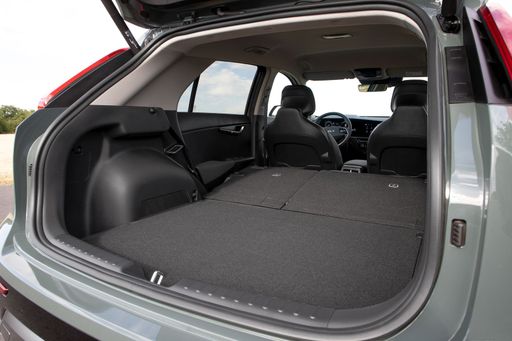 @ press.kia.com
@ press.kia.com
The automotive market continues to evolve, providing consumers with a wide range of choices across various vehicle segments. In this comparison, we take a closer look at two distinct entries in the SUV category: the BMW X4 and the Kia Niro. Both vehicles embody the spirit of innovation and technological prowess, yet they cater to different preferences and needs.
Powertrains and Performance
The BMW X4 offers a robust lineup of powertrains, including petrol MHEV (Mild Hybrid Electric Vehicle) options and diesel variants, ranging from 184 to a staggering 510 hp. Its all-wheel-drive system ensures that this luxury SUV delivers exceptional handling and performance. Acceleration is equally impressive, with the high-performance variants able to sprint from 0 to 100 km/h in just 3.8 seconds.
On the other hand, the Kia Niro leans towards hybrid technology, featuring both full hybrid and plug-in hybrid options. With a maximum output of 171 hp, it emphasizes efficiency over raw power. The Niro's accelerative capabilities are more modest, taking 10.4 to 11.3 seconds to hit the 100 km/h mark. However, its fuel efficiency is noteworthy, with consumption figures as low as 1 L/100km for the plug-in hybrid variant.
Efficiency and Environmental Impact
When it comes to fuel consumption and emissions, the Kia Niro makes a compelling case for eco-conscious consumers. Its CO2 output ranges between 19 and 100 g/km, thanks to the efficient hybrid technology. Additionally, the Niro boasts an electric range of up to 65 km with its plug-in variant, allowing for zero-emission driving on shorter trips.
On the flip side, the BMW X4's larger engine options and performance-oriented approach result in higher fuel consumption, peaking at 10.7 L/100km for its most powerful diesel variant. Its CO2 emissions range from 156 to 244 g/km, which may be a consideration for buyers who prioritize environmental impact.
Interior Comfort and Technology
Both SUVs offer seating for five, though the BMW X4 provides a more premium interior experience with luxurious materials and a higher level of technology integration. The cargo capacity of the X4 is impressive, at 525 liters, providing ample room for luggage and other gear.
The Kia Niro, while less spacious with a trunk capacity of 451 liters, compensates with innovative tech features such as its dual-clutch automatic transmission and an accessible user interface for infotainment systems. The focus here is on practicality and user-friendliness, making it an excellent option for families or urban dwellers.
Dimensions and Design
In terms of size, the BMW X4 is the larger of the two, measuring 4,751 mm in length, 1,918 mm in width, and standing 1,621 mm tall. This robust stance contributes to its sporty appearance and road presence. The X4's design embodies BMW's signature aesthetic, with a dynamic silhouette and aggressive front end.
The Kia Niro, at 4,420 mm in length and 1,825 mm in width, presents a more compact form that is well-suited for city driving. Its modern design language emphasizes a sleek and aerodynamic shape, making it stand out in its class while still maintaining practicality.
Conclusion
The comparison between the BMW X4 and Kia Niro highlights two distinct approaches to the SUV market. The X4 appeals to those seeking performance, luxury, and driving dynamics, while the Niro targets environmentally savvy consumers looking for efficiency and practicality. Ultimately, the choice will depend on individual preferences and priorities—whether it's raw power and luxury or eco-friendliness and affordability. Both vehicles represent their brands well, showcasing innovative technologies and a commitment to addressing consumer needs in a rapidly evolving automotive landscape.

|

|
|
|
|
Costs and Consumption |
|
|---|---|
|
Price
51300 - 92000 £
|
Price
28100 - 37800 £
|
|
Consumption L/100km
6 - 10.7 L
|
Consumption L/100km
0.8 - 4.4 L
|
|
Consumption kWh/100km
-
|
Consumption kWh/100km
-
|
|
Electric Range
-
|
Electric Range
59 - 65 km
|
|
Battery Capacity
-
|
Battery Capacity
1.3 - 11.1 kWh
|
|
co2
156 - 244 g/km
|
co2
19 - 100 g/km
|
|
Fuel tank capacity
65 - 68 L
|
Fuel tank capacity
37 - 42 L
|
Dimensions and Body |
|
|---|---|
|
Body Type
SUV
|
Body Type
SUV
|
|
Seats
5
|
Seats
5
|
|
Doors
5
|
Doors
5
|
|
Curb weight
1875 - 2095 kg
|
Curb weight
1474 - 1594 kg
|
|
Trunk capacity
525 L
|
Trunk capacity
348 - 451 L
|
|
Length
4751 - 4754 mm
|
Length
4420 mm
|
|
Width
1918 - 1938 mm
|
Width
1825 mm
|
|
Height
1620 - 1621 mm
|
Height
1545 mm
|
|
Payload
415 - 545 kg
|
Payload
466 kg
|
Engine and Performance |
|
|---|---|
|
Engine Type
Petrol MHEV, Diesel MHEV, Petrol
|
Engine Type
Full Hybrid, Plugin Hybrid
|
|
Transmission
Automatic
|
Transmission
Automatic
|
|
Transmission Detail
Automatic Gearbox
|
Transmission Detail
Dual-Clutch Automatic
|
|
Drive Type
All-Wheel Drive
|
Drive Type
Front-Wheel Drive
|
|
Power HP
184 - 510 HP
|
Power HP
129 - 171 HP
|
|
Acceleration 0-100km/h
3.8 - 8.4 s
|
Acceleration 0-100km/h
10.4 - 11.3 s
|
|
Max Speed
213 - 250 km/h
|
Max Speed
160 - 161 km/h
|
|
Torque
300 - 700 Nm
|
Torque
265 Nm
|
|
Number of Cylinders
4 - 6
|
Number of Cylinders
4
|
|
Power kW
135 - 375 kW
|
Power kW
95 - 126 kW
|
|
Engine capacity
1995 - 2998 cm3
|
Engine capacity
1580 cm3
|
General |
|
|---|---|
|
Model Year
2023 - 2024
|
Model Year
2024
|
|
CO2 Efficiency Class
F, G
|
CO2 Efficiency Class
C, B
|
|
Brand
BMW
|
Brand
Kia
|
BMW X4
The BMW X4: A Fusion of Performance and Elegance
The BMW X4 stands out as a striking Sports Activity Coupé (SAC) that seamlessly marries sportiness with elegance. With a design that captures attention and a performance that demands respect, the X4 is a testament to BMW's commitment to innovation and engineering excellence.
Power and Performance
The BMW X4 offers a remarkable range of engines, from the efficient 184 PS mild-hybrid petrol model to the exhilarating 510 PS X4 M Competition. All options offer the sophisticated xDrive all-wheel-drive system, ensuring optimal traction and handling across varied driving conditions. With a fuel consumption range from 6 to 10.7 L/100km, the X4 is engineered to deliver both power and efficiency.
Engine Technology and Efficiency
The X4 integrates state-of-the-art mild-hybrid technology across its petrol and diesel variants, improving fuel efficiency and providing a seamless driving experience. This technology supports the internal combustion engine during acceleration, thus reducing fuel consumption and lowering emissions. CO₂ emissions range from 156 to 244 g/km, adhering to BMW’s ongoing commitment toward sustainable mobility.
Cutting-edge Design and Comfort
The exterior of the BMW X4 is sculpted for aerodynamics and aesthetics, with its sporty lines complemented by a coupé-style roofline. Inside, the cabin is a sanctuary of luxury and technology, accommodating five passengers with comfort and sophistication. High-quality materials and masterful craftsmanship define the interior, offering an intuitive driver-centric layout.
Innovative Technologies and Features
Featuring the latest in BMW’s technological advancements, the X4 includes a digital cockpit, an advanced navigation system, and connectivity options to keep drivers informed and connected. Safety is paramount, with a suite of driver assistance systems available, such as lane departure warning and adaptive cruise control, delivering peace of mind on every journey.
Performance with Practicality
Beyond its athletic prowess, the BMW X4 offers practicality with a substantial 525-litre boot space and customizable rear seating to accommodate larger loads. A perfect balance of performance and everyday utility, the X4 is designed to meet the needs of drivers without compromise.
Conclusion: The BMW X4 Experience
The BMW X4 is more than just an SUV; it represents a dynamic driving experience with the practicality of daily use. Whether through its compelling design, innovative technology, or robust performance, the X4 reflects BMW's signature blend of luxury and thrill, making it a standout choice in the premium SUV market.
Kia Niro
The Evolution of the Kia Niro: A Glimpse into the Future
The Kia Niro has become a symbol of innovation in the hybrid and electric vehicle market. This compact SUV offers a unique blend of efficiency, performance, and style, appealing to a wide range of drivers. Kia Niro's latest model lineup showcases different powertrains, offering consumers choices between full hybrid, plug-in hybrid, and full electric options. These advancements represent Kia's commitment to sustainable mobility and cutting-edge technology.
Performance and Efficiency: Behind the Wheel of the Kia Niro
The performance range of the Kia Niro is impressive, with power outputs ranging from 129 PS in the full hybrid variant to 204 PS in the completely electric version. This ensures that there’s a Niro to meet diverse driving needs and preferences. The acceleration from 0-100 km/h spans between 7.8 to 11.3 seconds across different models, showcasing a balance between efficiency and responsiveness.
Fuel and energy consumption figures are equally commendable. With the hybrid models consuming between 0.8 to 4.4 litres per 100 km and the electric model utilising 16.2 kWh per 100 km, the Kia Niro caters to eco-conscious consumers. Notably, the plug-in hybrid version offers a remarkable electric range of up to 65 km, while the fully electric model boasts an impressive range of 460 km on a single charge.
Innovative Features for Today’s Driver
Kia has equipped the Niro with state-of-the-art features aimed at enhancing the driving experience. The latest models come with advanced driver assistance systems, ensuring safety and convenience. These include lane-keeping assist, adaptive cruise control, and collision avoidance technologies that set a high standard in the compact SUV class.
The Niro also benefits from a sleek infotainment system featuring a high-resolution display, offering seamless connectivity with features like Apple CarPlay and Android Auto. This keeps drivers connected while minimising distractions, creating an optimal driving environment.
Design and Practicality: A Perfect Balance
The Kia Niro stands out with its aerodynamic design, which is both aesthetically pleasing and practical. The dimensions of the vehicle – 4420 mm in length, 1825 mm in width, and a height ranging from 1545 to 1570 mm – provide ample space for passengers and cargo. The boot capacity ranges from 348 to 475 litres, catering to those who require versatility for their lifestyle or family needs.
The Niro’s cabin is crafted with a focus on comfort and usability, incorporating high-quality materials and an intelligent layout that complements its sophisticated exterior.
Sustainability and Cost Efficiency
The Kia Niro reflects Kia's dedication to improving environmental performance. The CO2 emissions spectrum, ranging from 0 to 100 g/km depending on the powertrain, highlights the vehicle's eco-friendly credentials. For those particularly conscious of their environmental footprint, the electric and plug-in hybrid models offer substantial reductions in emissions.
In terms of cost, the Niro offers competitive pricing from €32,790 to €47,590, and operational costs ranging from €928 to €1,101 per month. The Niro also maintains a reasonable cost per kilometre, between 37.1 to 44.1 cents, making it an economically sound choice in the long run.
Conclusion: The Future is Bright for Kia Niro
The Kia Niro stands as a testament to Kia’s innovative spirit and commitment to providing eco-friendly and technologically advanced vehicles. Its blend of performance, efficiency, and innovative features make it a compelling option for those seeking a future-focused SUV. As Kia continues to evolve, the Niro remains a leading example of how the brand is shaping the future of driving.
The prices and data displayed are estimates based on German list prices and may vary by country. This information is not legally binding.
